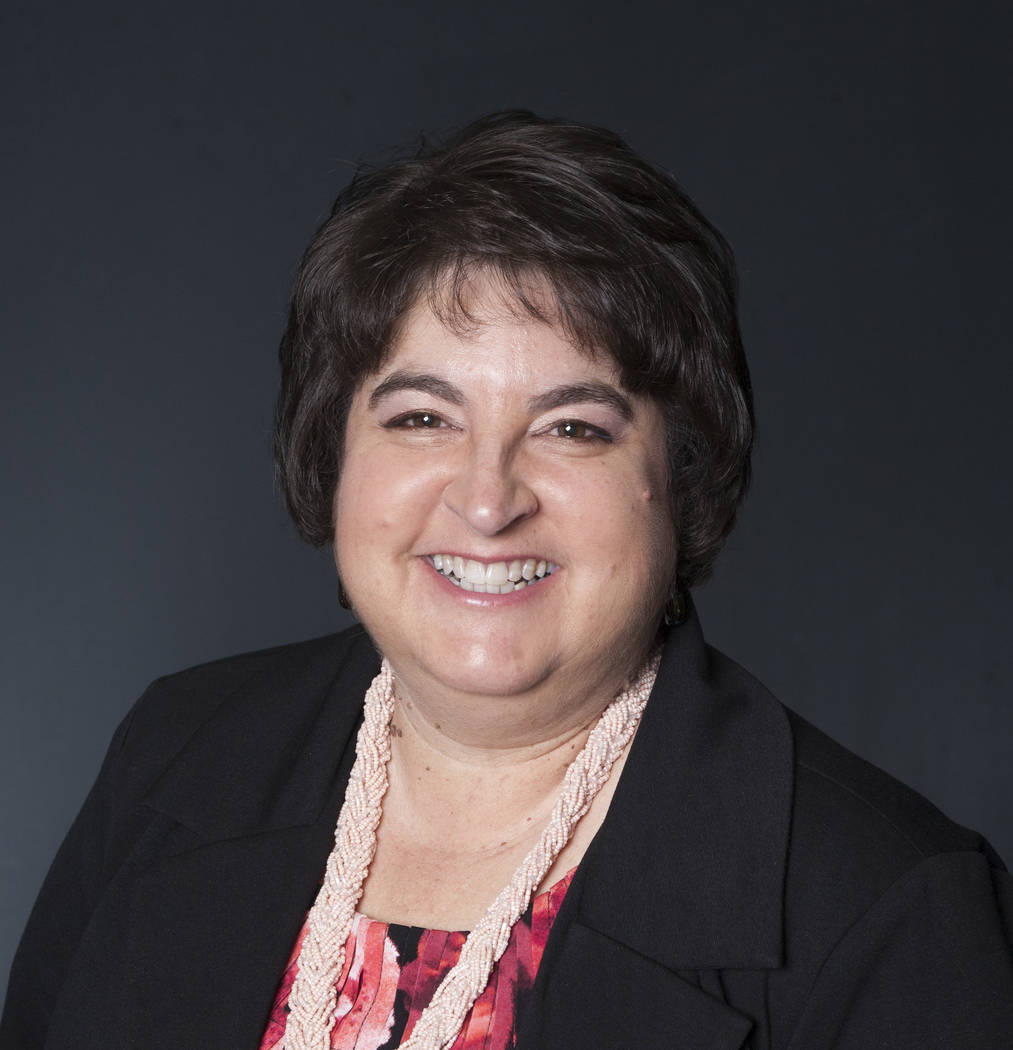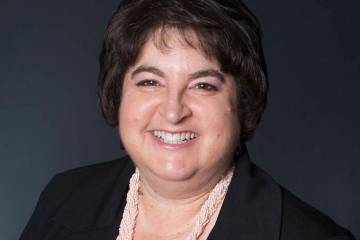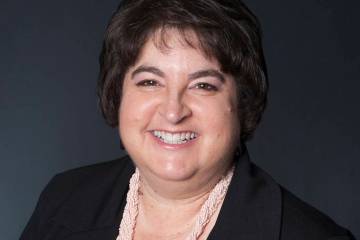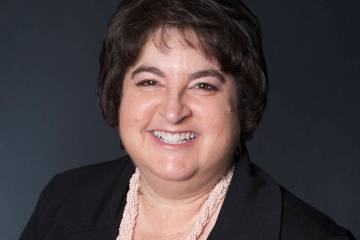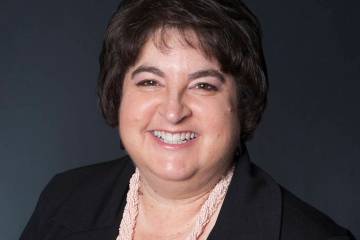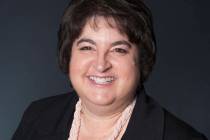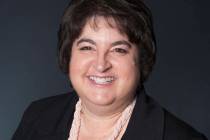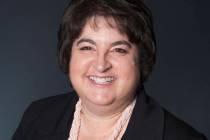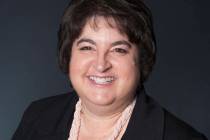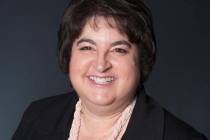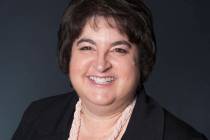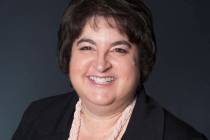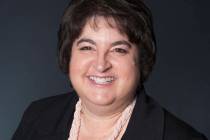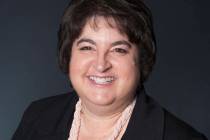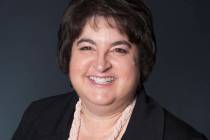Who to help? That’s a $10 million question
At last week’s budget workshop, Councilman Rich Shuman suggested the city allocate $1 million a year for the next 10 years and give those funds to Boulder City schools.
While it is admirable that he wants to help the schools deal with declining enrollment and the subsequent loss of programs, his suggestion might be a little bit out of place.
There is no doubt that at this point Boulder City High School is facing the loss of three teachers: one in math, one in science and one in art, which eliminates the program on campus. Unless enrollment numbers jump over the summer, it is unlikely there will be any changes to the recommendations made by the school’s organizational team, which suggested those positions be cut in lieu of an administrative staff member.
Even then, if enrollment is sufficient enough to keep the three positions, timing isn’t on the high school’s side, and there will be no way to offer any type of art classes for the fall semester.
If the city really wants to help, wouldn’t it be better to find a specific need and pay just for that?
If Shuman is upset that art, math and science positions are being eliminated, then the city could pay for those teachers’ salaries and the materials necessary to teach those courses properly. Surely, that would be far less than $1 million annually.
This also makes us wonder — just as it did Mayor Rod Woodbury — that if the city supplements the school’s budget, will the school district itself find another use for those funds that no longer need to be allocated to Boulder City?
More importantly, does the district even need financial assistance? At its April 5 meeting, Clark County School District approved a tentative budget of about $2.4 billion, which is projected on a $41 million increase from the state, as well as an increase of $73 million from various tax revenues.
Though legislators need to approve the $41 million increase from the state’s Distributive School Account and are discussing it during the current legislative session, it would add $90 per pupil for the coming fiscal year for a total of $5,664 per student.
District officials say they need double that amount, especially as they face future salaries and contract settlements with school administrators, professional-technical employees and police administrators.
However, the bigger question is does the city truly have a spare $10 million to give away? Would that money be better spent trying to improve the city’s aging infrastructure?
In July 2016, Public Works Director Scott Hansen said failures to the electrical system were not a matter of if but when. That was the primary reason behind increasing residents’ utility rates by 16 percent this year and 5 percent in 2018 and 2020.
Hansen said the aging system could not be maintained without an increase and the city’s electrical grid is on borrowed time.
While there are projects planned to improve the electrical system, nothing can be done until the new rates bring in the necessary revenue.
“It is like we want to buy a new car, but we need to save up,” he said in July. “Until we have the money, we have to drive in the old car.”
Granted, a healthy school system is necessary for the city to continue to thrive and grow. Without encouraging our young people, they will have no incentive to better themselves or return to their roots to raise their families here when the time comes to start the next generation of support for the community and its many activities.
Yet if there is no way to provide a stable source of power to local homes, no one will want to move here anyway.
Either way, it’s a question that needs considerable studying before a good answer can be found.
Hali Bernstein Saylor is editor of the Boulder City Review. She can be reached at hsaylor@bouldercityreview.com or at 702-586-9523. Follow @HalisComment on Twitter.

